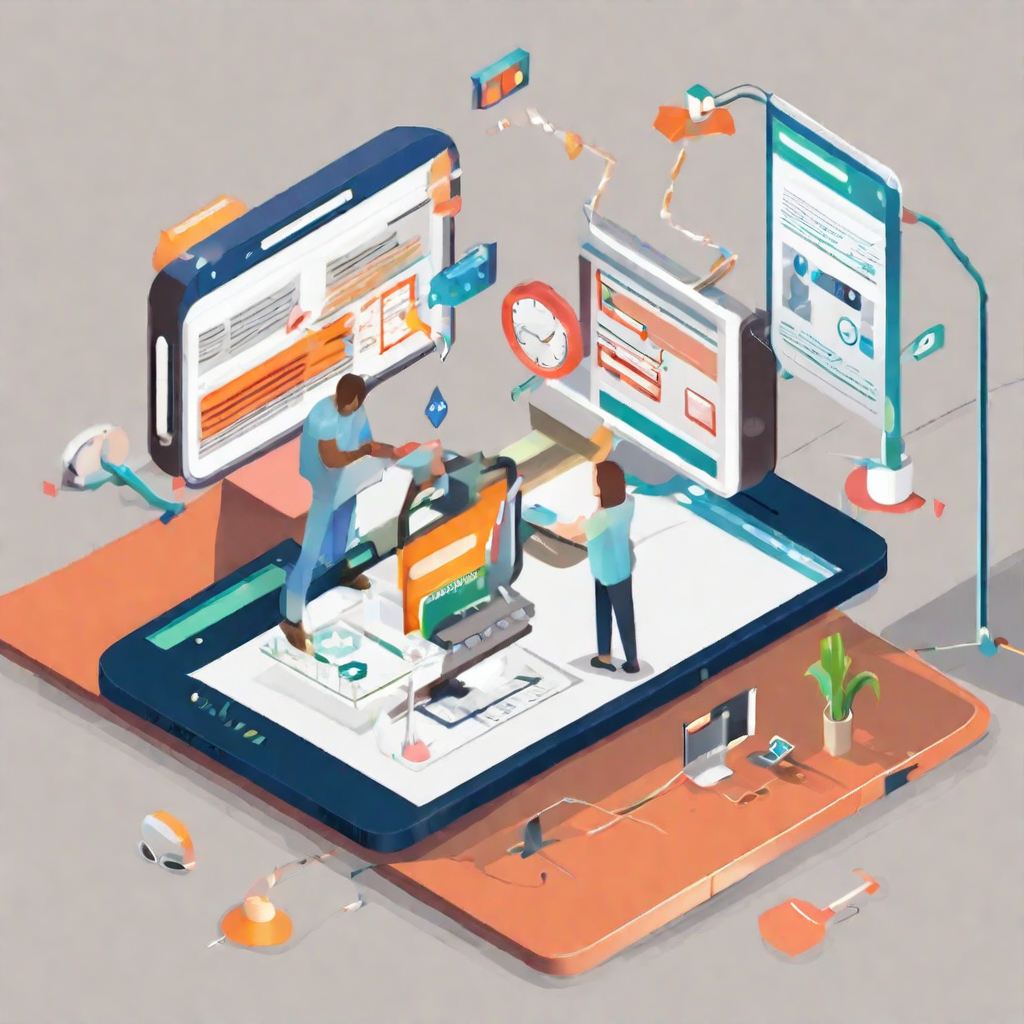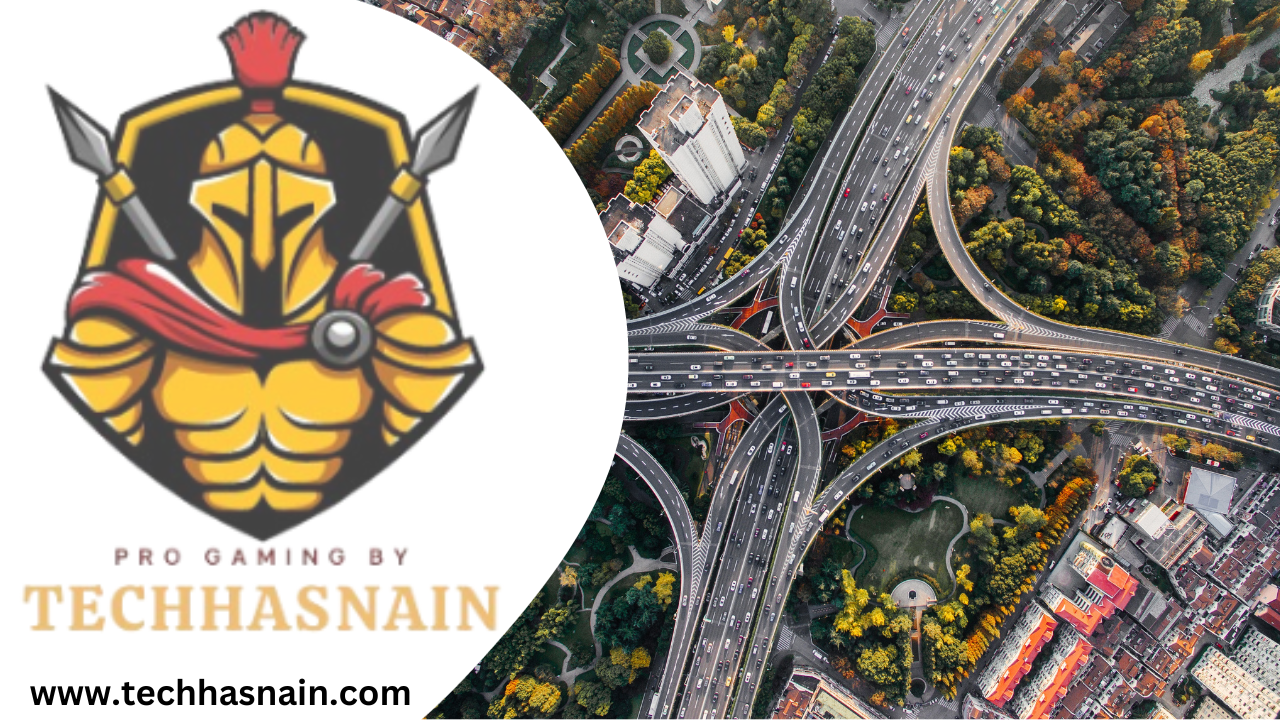In today's digital age, software plays a pivotal role in our daily lives, powering our devices, automating tasks, and enabling countless applications. However, when it comes to categorizing software within the realm of economics and commerce, a common debate arises: Is software considered a good or a service? To shed light on this complex issue, this article will explore the characteristics of software, delve into legal and economic definitions, and consider the implications of this classification.
Understanding the Nature of Software
Before delving into the categorization of software, it's essential to grasp the nature of software itself. Software is a set of instructions, code, and data that instructs a computer or digital device on how to perform specific tasks or functions. These tasks can range from word processing and graphic design to complex calculations and data analysis. Software can be broadly categorized into two main types:
System Software: System software, often referred to as the operating system (e.g., Windows, macOS, Linux), serves as the foundational software that manages hardware resources, provides a user interface, and allows other software applications to run on a computer or device.
Application Software: Application software consists of programs designed for specific tasks or functions. Examples include word processors, web browsers, video games, and business software like spreadsheet applications.
Legal and Economic Definitions
To determine whether software is a good or a service, it's essential to consider both legal and economic definitions. These definitions can vary by jurisdiction and context, further complicating the classification.
Legal Perspective:
In many legal contexts, software is treated as a form of intellectual property. When you purchase or use software, you are often acquiring a license to use that software, rather than owning a physical copy of it. This is commonly referred to as "software licensing."
Software licenses typically include terms and conditions that govern how the software can be used, transferred, and distributed. Violating these terms can lead to legal consequences.
From a legal standpoint, software often falls into the category of "intangible property," as it lacks a physical presence but is protected by intellectual property laws.
Economic Perspective:
Economically, goods and services are often distinguished based on tangible versus intangible characteristics.
Goods are tangible, physical items that can be bought, sold, and exchanged. Examples of goods include electronics, vehicles, and furniture.
Services, on the other hand, are intangible activities or actions performed by one party for the benefit of another. Examples of services include consulting, education, and healthcare.
Software blurs the lines between goods and services. While software itself lacks physicality, it can be packaged and distributed in ways that resemble goods. At the same time, software often involves ongoing maintenance, updates, and support, aligning with the characteristics of services.
The Software Licensing Model
One of the primary reasons software's categorization is ambiguous is the prevalent use of software licensing. When you purchase software, you are essentially acquiring a license to use that software, rather than buying a physical product. This licensing model introduces elements of both goods and services:
Goods-Like Aspects:
Software is often distributed in the form of physical copies (e.g., DVDs) or digital downloads, resembling the distribution of goods.
Many software products come with a one-time purchase price, similar to buying a tangible product.
Service-Like Aspects:
Software licenses typically grant users the right to receive updates, bug fixes, and customer support. These ongoing services are akin to service agreements.
Subscription-based software models, where users pay recurring fees for access and updates, clearly align with the service category.
Implications of Classification
The classification of software as a good or a service has significant implications, affecting areas such as taxation, intellectual property rights, and consumer protection:
Taxation: Different tax rules may apply to goods and services. In some jurisdictions, software is subject to sales tax or value-added tax (VAT) when treated as a good. When classified as a service, it may be subject to different tax regulations.
Intellectual Property: The legal classification of software as intangible property determines how intellectual property laws, such as copyright and patent, apply. Protecting and enforcing intellectual property rights are crucial considerations.
Consumer Protection: The categorization can impact consumer rights and protections. For example, consumer protection laws governing goods may differ from those governing services, affecting warranties, returns, and refunds.
Licensing Agreements: The classification influences the terms and conditions included in software licensing agreements, impacting how users can use, transfer, and modify the software.
Conclusion
The question of whether software is a good or a service is a complex and multifaceted one. From a legal perspective, software is often treated as intellectual property, while its economic classification can vary based on its tangible and intangible characteristics. The prevalent software licensing model further blurs the lines between goods and services, introducing elements of both.
Ultimately, the classification of software has implications for taxation, intellectual property rights, consumer protection, and licensing agreements. It is essential for individuals, businesses, and policymakers to navigate this nuanced landscape and understand how it impacts their rights and obligations when it comes to software acquisition and usage. As technology continues to evolve, the distinction between goods and services in the digital realm may continue to blur, requiring ongoing legal and regulatory adaptations.







Post a Comment
0 Comments